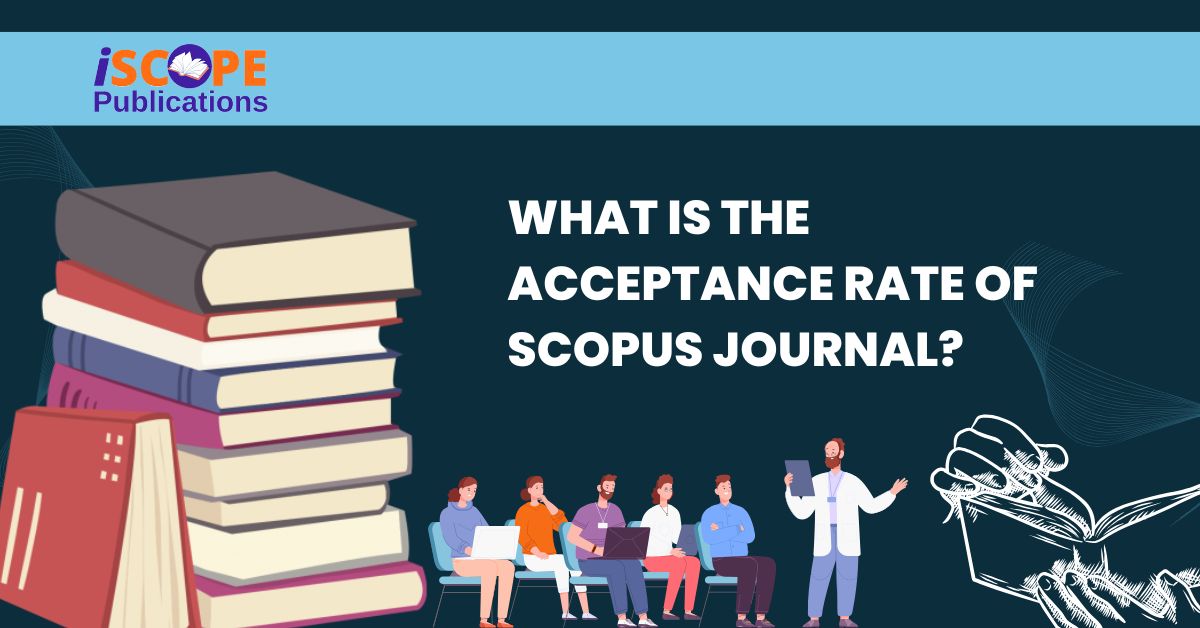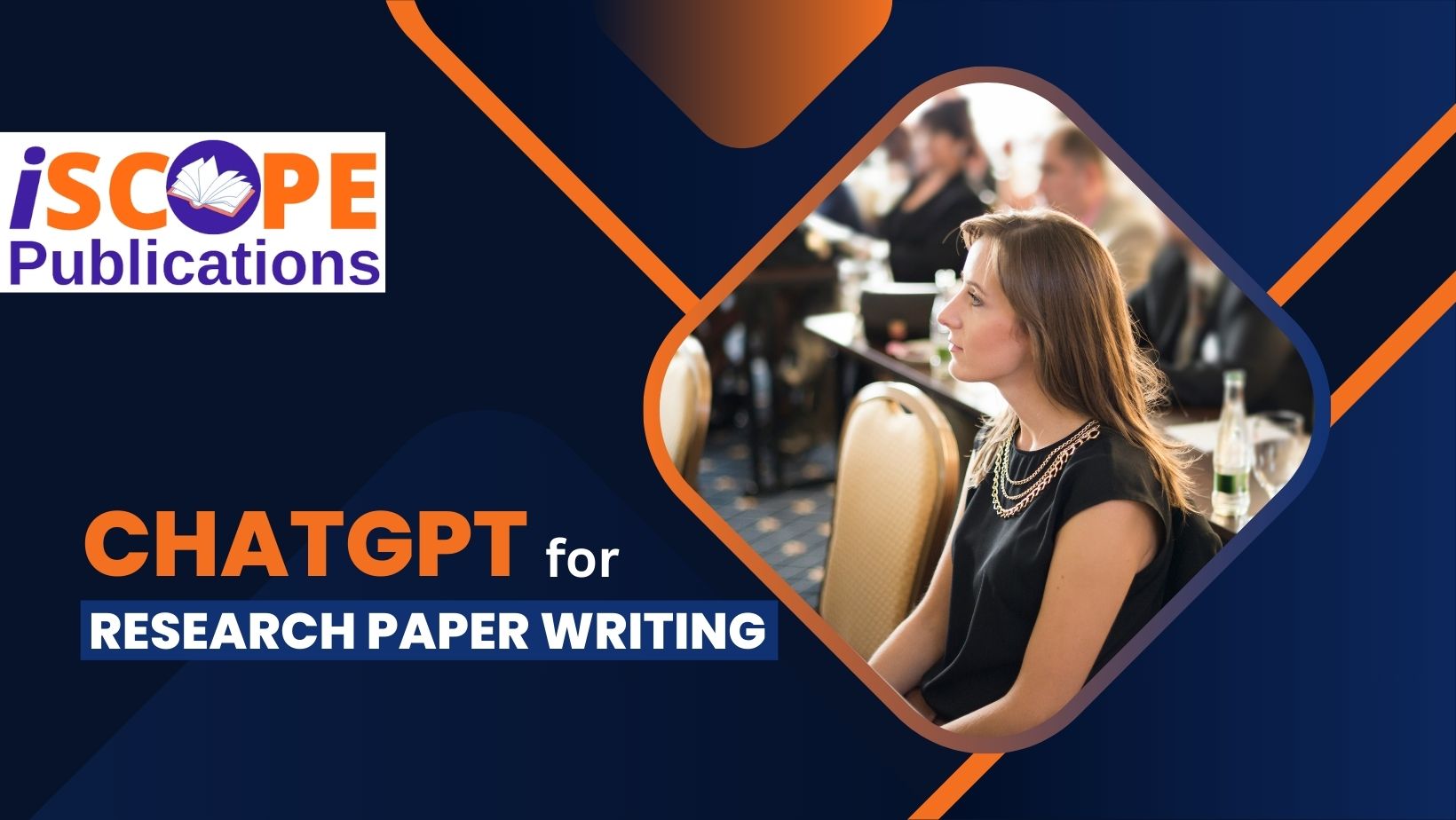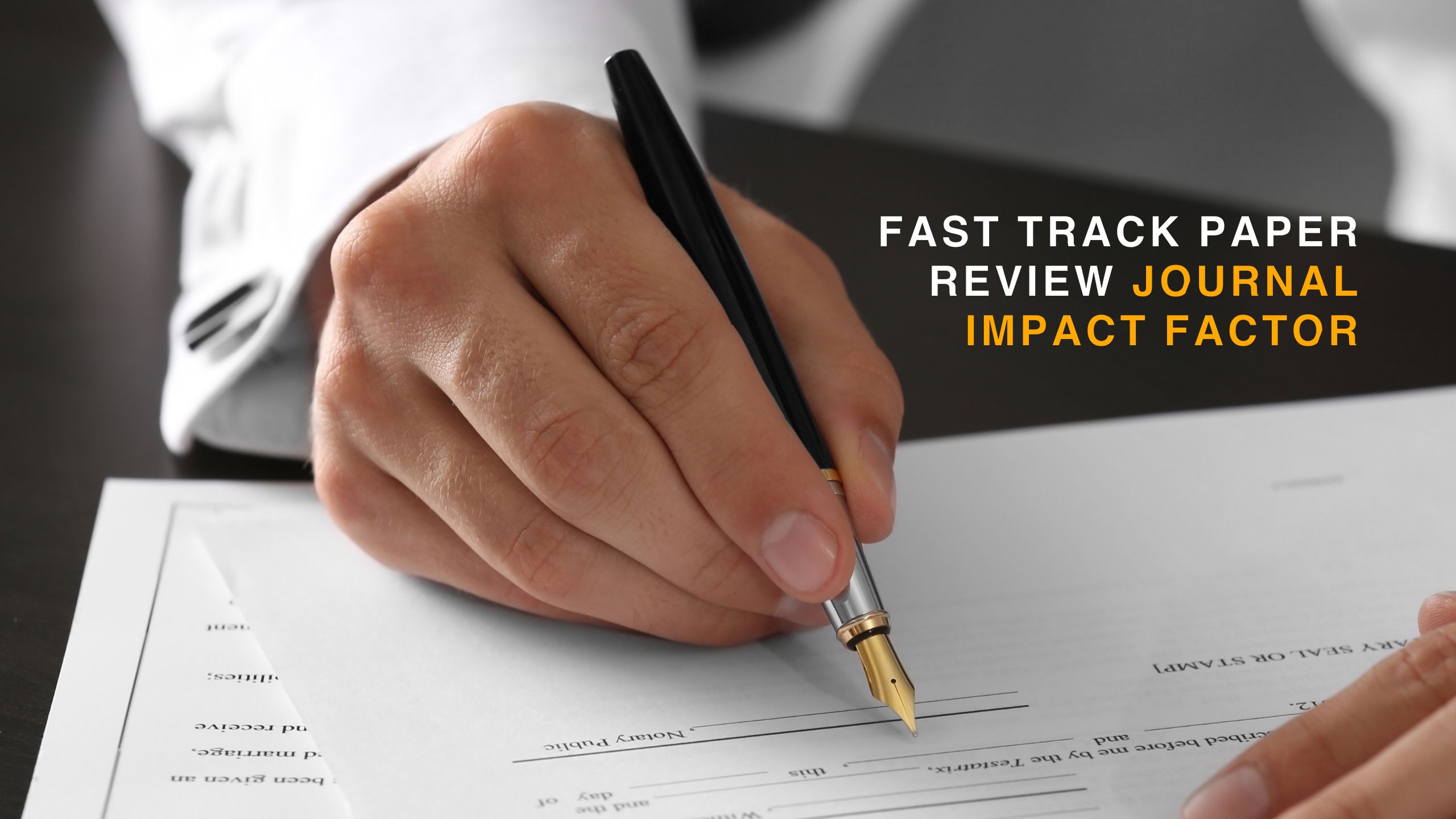In today’s academic landscape, originality is one of the most critical factors determining whether a research paper will be published. Journals and editors are increasingly vigilant about plagiarism due to its potential to undermine scientific integrity. Even unintentional plagiarism, such as failing to cite a source properly or reusing previous work without acknowledgment, can lead to rejection or a permanent mark on your academic record.
By using a plagiarism checker for research paper, researchers can ensure their work meets international standards of originality. Beyond detection, these tools offer guidance on where citations are missing and which areas may need paraphrasing, making your research stronger, more credible, and publication-ready.
Understanding Plagiarism and Its Types
Plagiarism is not limited to simply copying text—it can take several nuanced forms:
- Direct Plagiarism: Copying text verbatim from another source without quotation marks or references. This is considered a serious violation in academic circles and can result in outright rejection of your paper.
- Self-Plagiarism: Reusing parts of your previously published work without citation can mislead journals about the originality of your research. Many journals now require authors to disclose prior work, especially if overlapping content exists.
- Paraphrasing Plagiarism: Simply changing a few words while keeping the original idea intact without proper credit is still considered plagiarism. Effective paraphrasing requires understanding the source thoroughly and expressing it in your own words with proper attribution.
- Accidental Plagiarism: This occurs when a researcher unintentionally omits citations, misquotes references, or uses common phrases too closely. Often seen in lengthy papers with many sources, this highlights the importance of meticulous note-taking and constant verification.
By understanding these forms, researchers can use a plagiarism checker for research paper strategically to identify not only direct copying but also more subtle issues that could jeopardize publication.
Choosing the Right Plagiarism Checker
Selecting an effective plagiarism detection tool is crucial for thorough results:
Free vs. Paid Tools: Free tools like SmallSEOTools or PlagScan may provide quick scans but often lack comprehensive databases. Paid tools such as Turnitin, iThenticate, and Grammarly Premium access millions of journals, books, and web sources, offering more accurate similarity reports.
Features to Look For: Accuracy is essential, but also consider citation checks, database coverage, multi-format support, and the ability to detect paraphrased content. Some tools allow integration with reference management software, streamlining your workflow.
Popular Plagiarism Checkers for Researchers:
- Turnitin: Widely recognized in universities, excellent for academic papers and student theses.
- iThenticate: Used by professional journals for publication screening; known for its high-accuracy database checks.
- Grammarly Premium: Combines writing improvement suggestions with plagiarism detection.
- Scribbr: Ideal for students and early-career researchers, providing detailed similarity reports with recommendations.
Choosing the right tool ensures comprehensive checks, saves time, and prevents your paper from being flagged post-submission.
Preparing Your Research Paper Before Checking
Proper preparation improves the effectiveness of plagiarism detection:
- Organize References Correctly: Ensure that every citation corresponds to the reference list, and all references follow the journal’s required style (APA, MLA, Chicago, etc.). Inconsistent referencing can cause unnecessary plagiarism alerts.
- Check for Uncited Sources: Even paraphrased ideas must be cited. Carefully review each section to ensure no borrowed concepts are left uncredited.
- Reduce False Positives: Standardized sections like methodological descriptions or common terminologies may appear as plagiarized. Removing or rephrasing these can prevent misleading results.
- Proofreading: Proper grammar, consistent formatting, and clear structure allow plagiarism tools to scan your paper accurately. Poorly formatted manuscripts may produce incomplete or misleading similarity reports.
- Create a Source Log: Keep a detailed list of all consulted sources, including URLs, DOIs, and page numbers. This makes citing easier and ensures no source is unintentionally missed.
A well-prepared manuscript enhances the accuracy of plagiarism checkers, allowing researchers to focus on truly problematic areas.
Step-by-Step Guide to Using a Plagiarism Checker
Using a plagiarism checker for research paper can be systematic and straightforward:
1. Upload Your Manuscript: Most checkers support PDF, Word, or Google Docs. Always upload the final draft to minimize errors.
2. Run the Scan: Depending on the tool, scanning can take minutes or up to an hour. Some tools allow batch scans of multiple files simultaneously.
3. Review the Similarity Report: The report identifies exact matches, paraphrased content, and sources where overlap occurs. Pay attention to highlighted sections and similarity percentages.
4. Identify Problem Areas: Focus on uncited or closely paraphrased content. Sections with high similarity percentages may require revision.
5. Take Corrective Action: Paraphrase content accurately, add missing citations, or remove unnecessary duplicated text. Some tools provide suggestions for rewriting flagged sections.
6. Recheck After Revision: After making corrections, run the paper through the checker again. This ensures all issues are resolved before submission.
7. Document the Report: Keep a copy of the final report. Some journals may request it as proof of originality, especially for high-impact publications.
Following this step-by-step approach guarantees a thorough plagiarism check, enhancing the credibility of your paper.
Interpreting Plagiarism Reports Accurately
Understanding the results is critical for meaningful revisions:
- Similarity Percentages: Most journals accept a similarity index below 15–20%, though this varies. High similarity in reference sections or technical phrases is usually acceptable.
- Critical vs. Minor Overlaps: Minor overlaps, such as common academic phrases, are not problematic. Critical overlaps occur when uncited or improperly paraphrased sections are flagged.
- Revision Strategies: Focus on rewriting flagged content while retaining the original meaning. Ensure that paraphrased ideas are clearly cited and quotations are correctly formatted.
- Check Context, Not Just Numbers: A low similarity score does not guarantee originality. Always review flagged content in context to ensure proper credit is given.
Correctly interpreting reports allows researchers to resolve actual plagiarism concerns without unnecessary over-editing.
Best Practices to Avoid Plagiarism in Future Research
Preventive measures are the most effective way to maintain originality:
- Proper Citation Techniques: Always give credit for quotes, paraphrased ideas, and data. Use reference management software to maintain accuracy.
- Use Quotation Marks for Direct Quotes: Differentiating between borrowed and original content prevents accidental plagiarism.
- Maintain a Research Log: Documenting sources, notes, and bibliographic information during research reduces the risk of missing citations.
- Regular Draft Checks: Using a plagiarism checker during the writing process helps catch issues early and avoids last-minute problems.
- Paraphrase Thoughtfully: Understanding the source material and expressing it in your own words ensures originality while maintaining accuracy.
By adopting these habits, researchers can consistently produce high-quality, plagiarism-free work.
Ensuring Your Paper is Publication-Ready
Plagiarism checking is just one part of preparing a paper for publication:
- Final Plagiarism Scan: Conduct a last check to ensure no new issues were introduced during revisions.
- Combine with Peer Review: Colleagues or mentors can identify missing citations, unclear paraphrasing, or sections that need improvement.
- Improve Acceptance Chances: Journals prefer papers that are original, well-referenced, and professionally formatted. Plagiarism-free papers demonstrate credibility, increasing the likelihood of acceptance.
- Document Compliance: Keep records of the plagiarism report and citations. Some journals may request proof of originality before or during submission.
A comprehensive approach ensures your paper is polished, professional, and ready for peer review.
Maintaining academic integrity is not just about avoiding misconduct—it is about producing research that contributes meaningfully to the scholarly community and earns recognition for its quality and originality.



